The Working Principle and Functions of an Anemometer

An anemometer is an instrument used to measure wind speed, commonly employed across meteorology, environmental monitoring, aviation, and other sectors. This article provides an overview of the working principle and functions of an anemometer.
What is the difference between PAR meter and LUX?
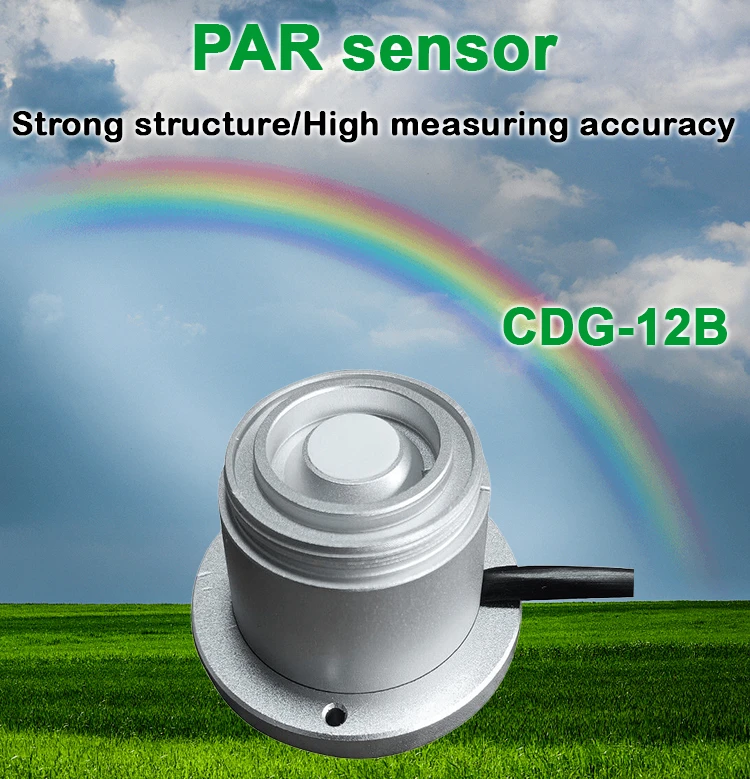
PAR (Photosynthetically Active Radiation) and LUX (Luminous Flux measured in LUX) are both metrics for assessing light, yet they focus on different light characteristics relevant in various situations.
What is pyranometer used for?
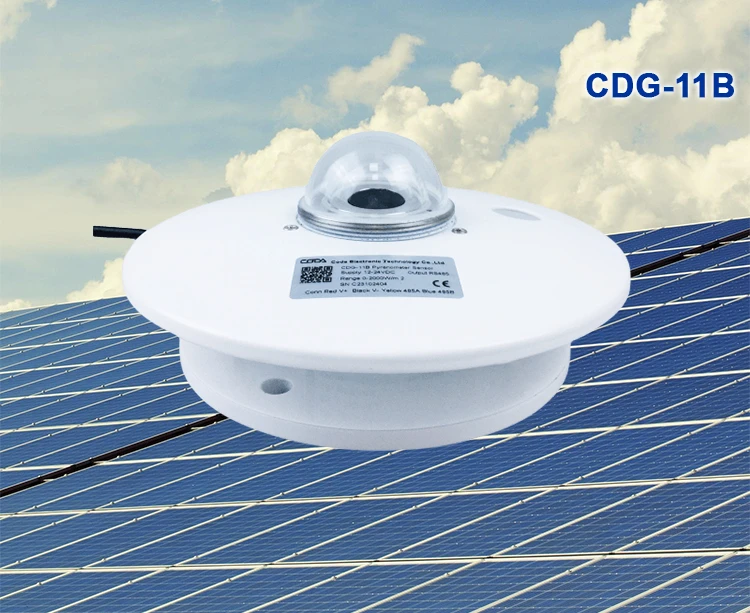
A pyranometer is a tool that measures solar irradiance. This means it tracks the solar energy hitting a specific surface. These instruments quantify the total solar radiation that a surface receives over a specific time frame.
Pyranometer Prices
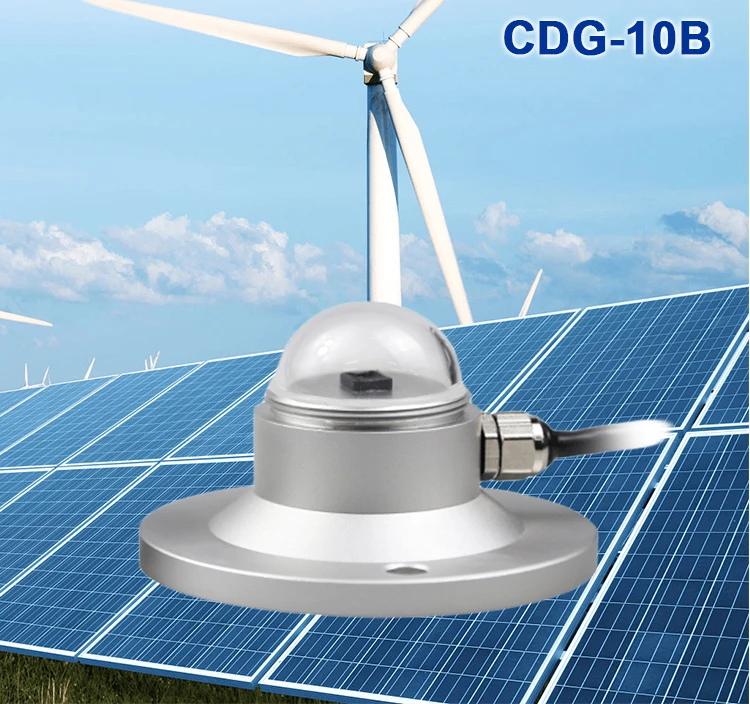
The cost of a Pyranometer, which measures solar radiation, varies. This depends on the brand, model, features, and where you buy it. Generally, sellers price Pyranometers from several hundred to several thousand dollars.
What Is A Liquid Level Sensor?
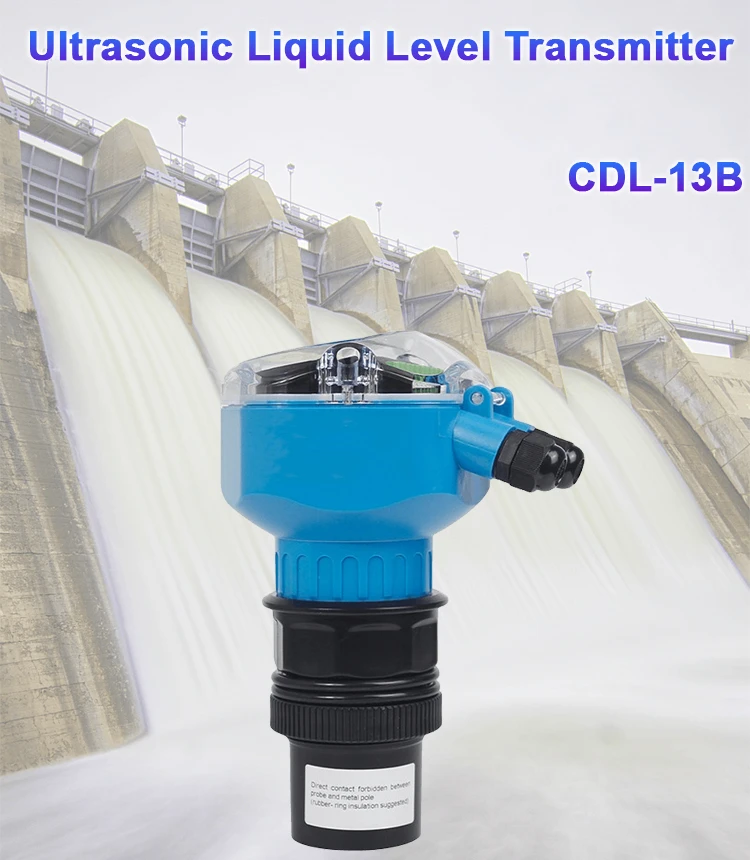
A liquid level sensor is an important tool used to measure and monitor liquid levels in different industries. This article will explore the functions, varieties, applications, advantages, and future developments of liquid level sensors.
What examples are there for the different types of weather instruments?
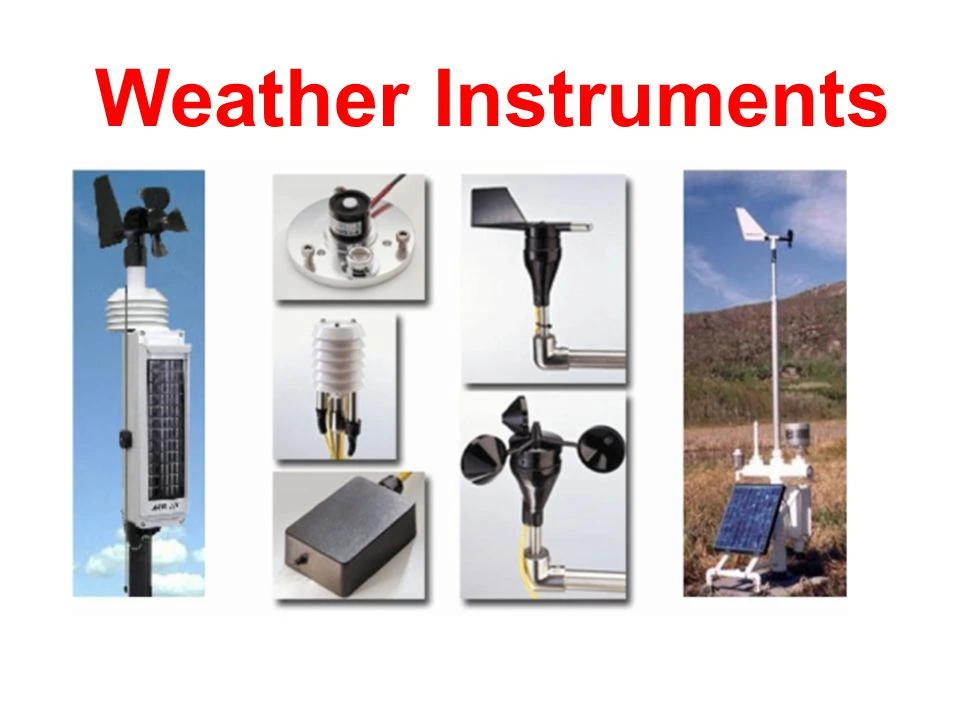
Weather instruments serve as the foundation of meteorology, delivering essential data for tracking and predicting weather conditions. These tools are indispensable for weather enthusiasts and sectors such as agriculture, aviation, and energy. In this article, we will delve into how different instruments, ranging from thermometers to radar, are crucial in forecasting and preparing for weather scenarios.
Be a Partner in Weather Tracking with Mobile Weather Stations
Mobile weather stations are highly beneficial for meteorologists, researchers, enthusiasts, and professionals across various sectors. These compact and versatile devices provide real-time weather data, aiding in making informed decisions and ensuring safety. This article looks at weather stations, especially mobile ones. It explores their types, parts, benefits, and possible downsides.
Weather Station Rain Gauges: Measuring Precipitation with Precision
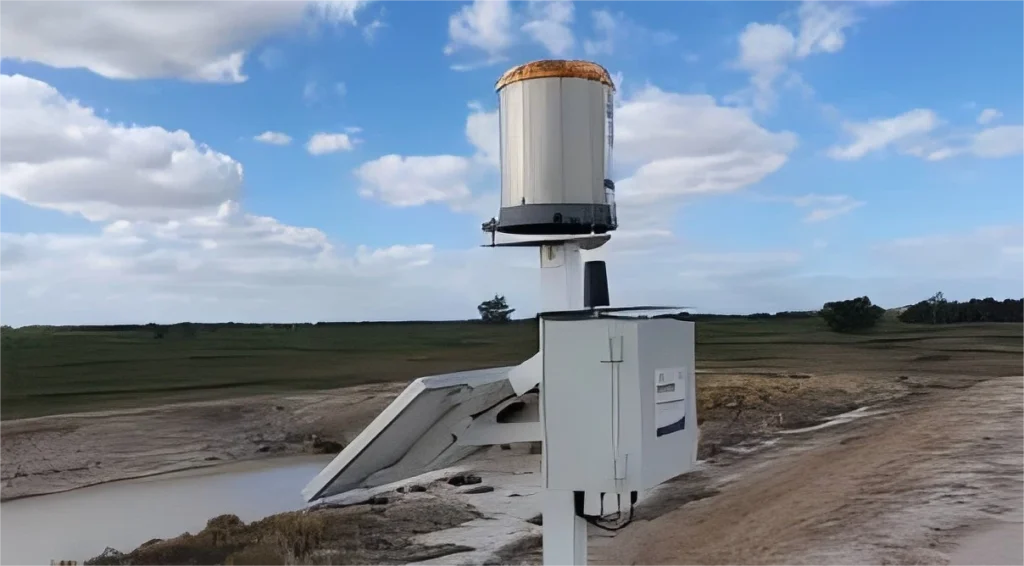
Weather stations serve as vital hubs for collecting meteorological data that aids in accurate weather forecasting. Among the array of instruments utilized, rain gauges hold a critical role.Manufacturers explicitly design these devices to gauge the amount of precipitation in a specific area.
How To Choosing the Best Weather Station for Your Needs
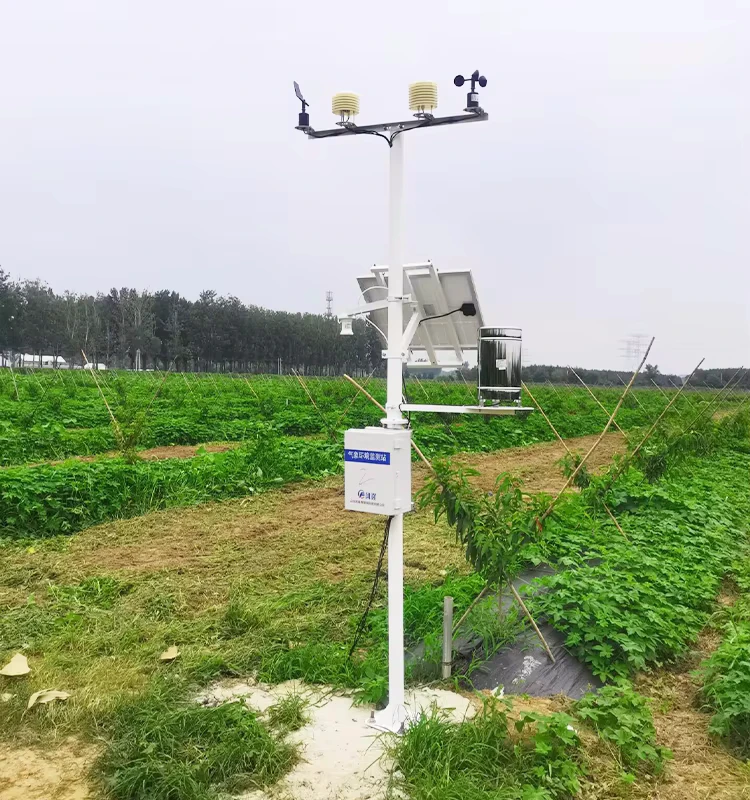
Weather plays a significant role in shaping our daily decisions, impacting everything from routine activities to long-term plans and safety precautions. Whether you’re a weather hobbyist or require precise data for professional purposes, selecting a dependable weather station is a worthwhile investment.
What is the pH Sensor Types and Applications?
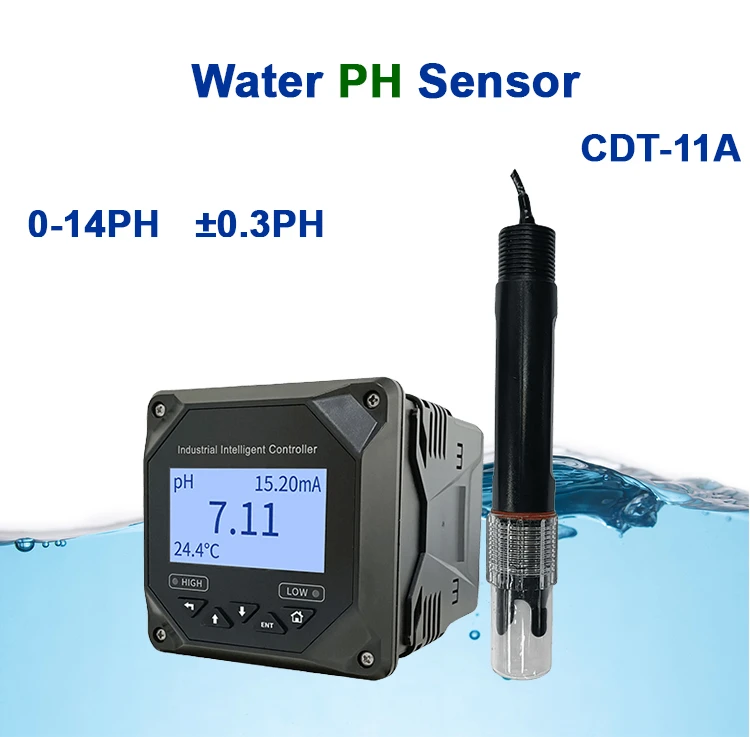
Selecting the right water quality sensor is crucial for accurate measurements, particularly in water monitoring systems. Among these sensors, the pH sensor plays a vital role. However, with an abundance of pH sensor options available in the market, many users find it challenging to determine the best choice.
